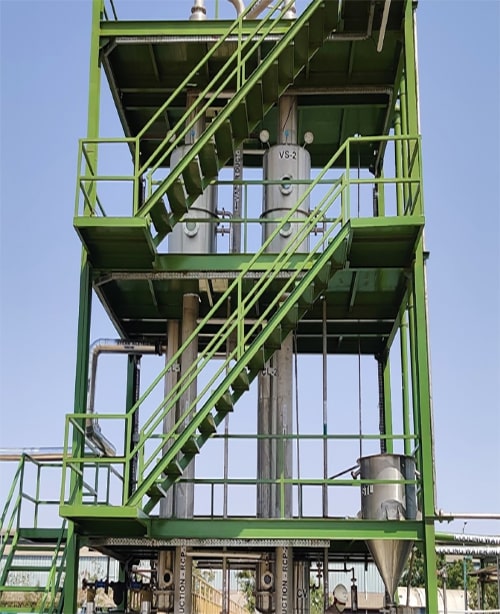
Zero Liquid Discharge Plant
We have 10+ years of experience with providing wide area of specialty services works listed below
Hydroflux Engineering Pvt Ltd is providing innovative Zero Liquid Discharge (ZLD) solutions, revolutionizing the way industries manage their waste water. Our ZLD systems are designed to effectively treat industrial waste water and eliminate liquid discharge, ensuring compliance with environmental regulations and promoting sustainability.
Key Features of Our Zero Liquid Discharge Systems:
Comprehensive Treatment Processes: Our ZLD systems employ a combination of advanced treatment processes, including evaporation, crystallization, and membrane filtration, to achieve complete water recovery and minimize waste generation.
Customized Design: Each ZLD system is tailored to the specific needs and requirements of our clients' industries, ensuring optimal performance, efficiency, and cost-effectiveness
Resource Recovery: Our ZLD solutions enable the recovery of valuable resources from wastewater, such as water, salts, and other minerals, for reuse or resale, maximizing the economic and environmental benefits.
Sustainability Focus: We prioritize sustainability in every aspect of our ZLD solutions, from energy-efficient design to waste minimization and resource optimization, helping our clients reduce their environmental footprint and achieve their sustainability goals.


















